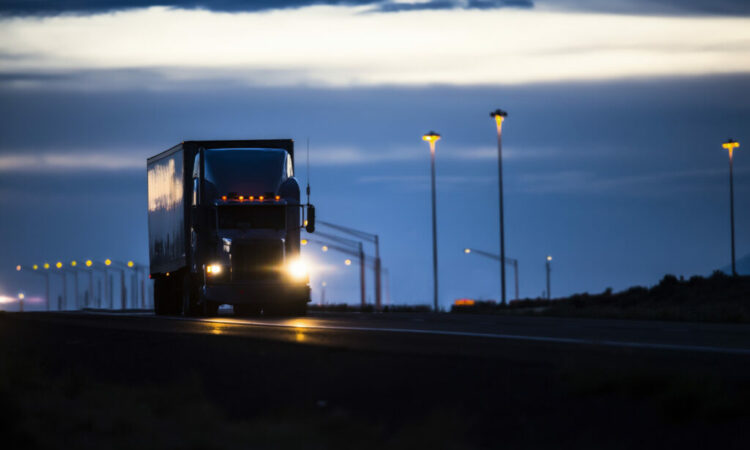Canada’s electronic logging device (ELD) mandate will not be enforced until June 12, but plans to “sunset” 3G cellular networks could require some border-crossing fleets to upgrade legacy devices before that.
AT&T and Sprint will phase out 3G networks in the U.S. months before Canadian enforcement teams begin to look for certified ELDs on this side of the border. AT&T will complete the process Feb. 22, while Sprint will finish its sunsetting on March 31.
“The truck that moves only in Canada is not affected,” stresses Isaac Instruments executive vice-president – sales Jean-Sebastien Bouchard, noting that Canadian 3G networks will remain in place until late 2025.
But border-crossing truckers will need to prepare for the change if they are using older ELDs that solely rely on 3G networks to sync their Hours-of-Service data. And most of the devices being sold south of the border have yet to be certified for the Canadian market.
Close to 750 ELD models are certified for use in the U.S., which has had an ELD mandate since 2019. Only eight models have been certified in Canada, where regulators are applying a stricter technical standard in a bid to address potential tampering with Hours-of-Service data.
“Once a 3G network is no longer supported, it is highly unlikely that any ELDs that rely on that network will be able to meet the minimum requirements established by the ELD technical specifications, including recording all required data elements and transferring ELD output files,” the U.S. Federal Motor Carrier Safety Administration (FMCSA) says in a related bulletin.
“Any ELD that requires 3G cellular connectivity to perform its functionality will no longer be compliant with the technical specifications in the ELD rule after the 3G network it relies on is sunset. When in an area that does not support 3G, a 3G device will register a malfunction.”
The 3G networks are being shut down to make way for faster 4G LTE and 5G service.
Sprint LTE (T-Mobile) will sunset its 3G network in the U.S. on June 30, while T-Mobile will complete the process July 1. Verizon wraps up the work on Dec. 31. Many carriers such as Cricket, Boost, Straight Talk, and several Lifeline mobile service providers, utilize the AT&T, Verizon, and T-Mobile networks, FMCSA notes.
If an ELD stops working in the U.S., a carrier has eight days to replace the ELD, unless an extension is granted.
An older ELD that communicates over 3G networks will, in some cases, still comply with the U.S. rules, Bouchard says. Some older Isaac devices use 3G networks to support additional features, for example, but the logs themselves are supported with a local wifi network in the truck.
The current Canadian technical standards note any certified ELD “must support at least the email transfer method” during roadside inspections. But the standards also allow devices to use other methods such as USB ports and Bluetooth.
“If you can’t send it via cellular, use Option B,” Bouchard said.
“Contrary to the American mandate, Canada does require email transfer capability, with USB and Bluetooth transfers being optional. Of course, it is implied that the ELD will need network connectivity to successfully send the email, but to my knowledge you could have an ELD that works 100% offline all the time and only connect it in order to send the ELD transfer file via email. This could be done via temporary wifi hotspot or other third-party connection mechanism,” says Louis-Philippe Papillon, Attrix vice-president – technologies.
“I am sure all major certified ELD providers will include cloud connectivity as part of their solution. It adds many benefits for the fleet to be able to remotely track ELD status, Hours of Service, and driver availability, to name a few.”
But that option is not required under the ELD mandate.
David Heller, Truckload Carriers Association vice-president – government affairs, stressed the need for carriers to determine exactly whether their communications devices will work without 3G.
“I cannot emphasize enough to speak with your ELD and telematics providers and find out whether or not the devices you are using are 4G-enabled so you can plan for the future,” he said during a presentation in Brampton, Ont.
“If they are not, make sure you get ones in your trucks that are.”


